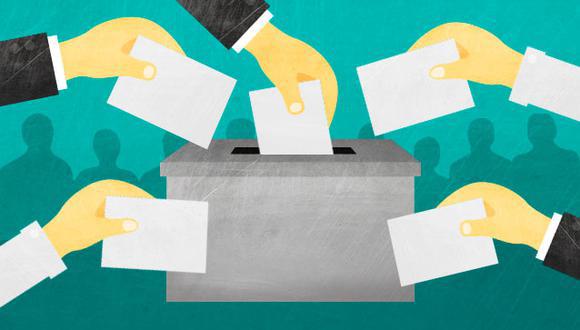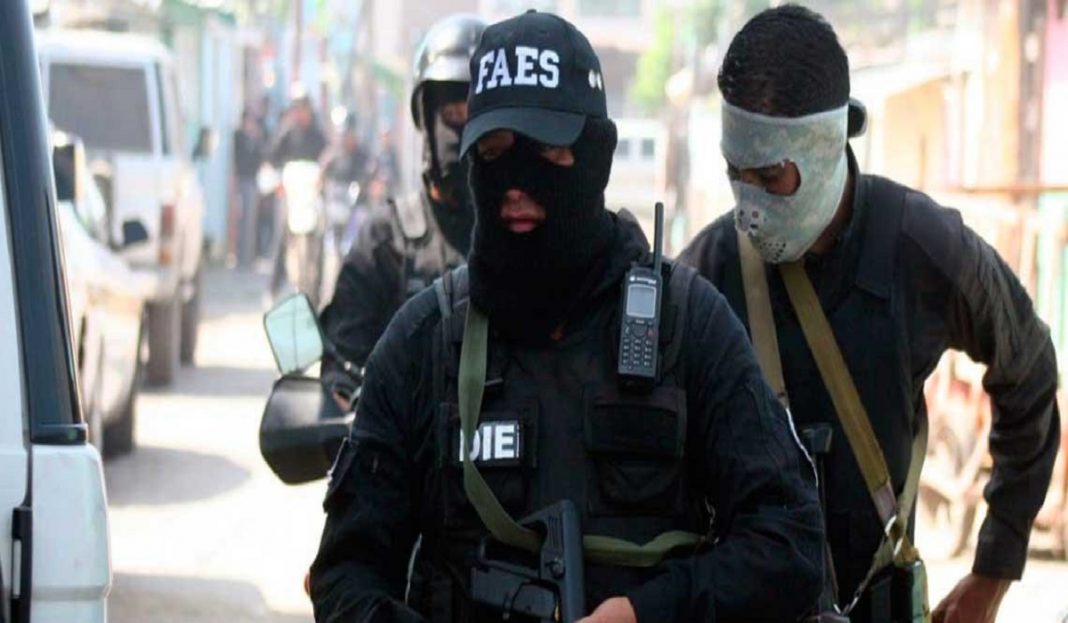Apure has recently become a war zone. Since March 21, the Venezuelan armed forces have clashed with alleged groups of dissidents from the Revolutionary Armed Forces of Colombia (FARC), who maintain a presence in those territories.
In a massive operation called the “Bolivarian Shield”, the Venezuelan Armed Forces have bombed and shot at areas allegedly controlled by the guerrillas. Also, elements of the questioned Special Action Forces (FAES) of the Bolivarian National Police have been deployed in the conflict zone.
Amid the hostilities, there have been more than 5,000 forced displacements, arbitrary arrests, raids, and alleged extrajudicial killings.
Meanwhile, the authorities of the Public Ministry and the Ombudsman’s Office in Venezuela remain silent on the allegations of abuse and the excessive and indiscriminate use of force. The Venezuelan “institutionality” has focused all its efforts on discrediting the information collected by national and international media and NGOs.
Both old and new phenomena can be observed in this theater of operations, now in full swing.
Enemy of mine
A practice ingrained in the state-military-police dynamic in poor and neglected regions -such as border areas- is the imposition of hegemonic territorial security, characterized by the privilege of the military-police element (the “iron fist”) in detriment of other aspects of greater relevance such as social and institutional development, that is, the presence of a State that provides quality of life and guarantees rights. The persecution of the internal or external enemy has historically served as an excuse to commit abuses and human rights violations in the name of national security. That is an old phenomenon.
The Bolivarian process has strengthened, as never before, the foundations of that undemocratic vision of security. Territorial totalitarianism is part of the Chavista DNA. It is part of its narrative, symbolism, and day-to-day practice. The construction of a new “geometry of power”, as promised by Hugo Chávez, resulted in the sophistication of the mechanisms for territorial surveillance and control.
But, although it seems contradictory, that security hegemony is shared with a vast universe of criminal actors who operate criminal economies in the national territory and contribute to consolidating the Bolivarian technology of population control.
That is a novelty if we compare it with the state action before the rise of Chavismo to power. The narrative of fighting the internal-external enemy remains, but in the day-to-day theater of operations, the heavy artillery of the Venezuelan government aims and shoots at the poorest, those who live in slums and small towns like La Victoria, in Apure. To do this, it joins armed pseudo-state actors.
What happened in 2015 sheds light on this assertion. That year, the Venezuelan Executive branch enacted 8 states of exception, which affected 26 municipalities in four border states. So, the arguments to approve these measures were based on the “presence of paramilitary actors, drug trafficking, smuggling, and the attacks committed against our national currency and the goods acquired with public funds in foreign currency.”
This stance gave rise to the criminalization and stigmatization of hundreds of residents in border areas, who were accused of “bachaqueros” (smugglers) and “traitors to the homeland.” In Zulia, for example, military presence in La Guajira was reinforced, thereby increasing the cases of abuses against Wayuü and Añu indigenous peoples. In Táchira, the emergency measures approved by Maduro gave support to the People’s Liberation Operations (OLP) that caused -among other abuses- the forced displacement of more than 20,000 people who fled the military-police violence in Venezuela to seek shelter in Colombia.
None of the 8 decrees of state of Exception approved in 2015 mentioned the presence of Colombian guerrillas in our country, even though these groups have been moving across the national territory for at least 40 years.
The Venezuelan plains are on fire. The recent confrontations have been described as a struggle for the control of territories for the management of criminal markets, in which State resources are being used to favor individuals.
Regardless of the real causes of this fray, the only certainty is that the most affected are the hundreds of residents of the region, who for years have endured threats, extortion, and abuses of all kinds at the hands of armed groups, with an absent state that has turned its back on them.
Now, when the state finally shows up, it re-victimizes them and sponsors a dramatic denial of their condition of Venezuelan citizens.
Translated by José Rafael Medina




